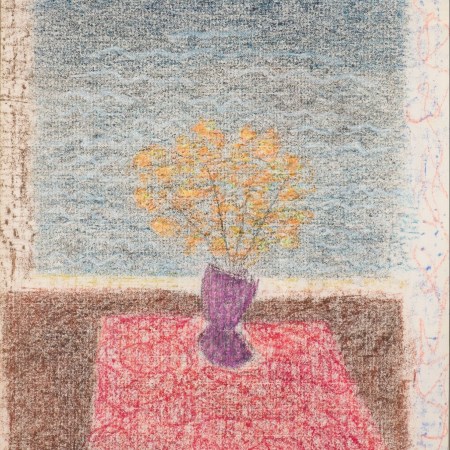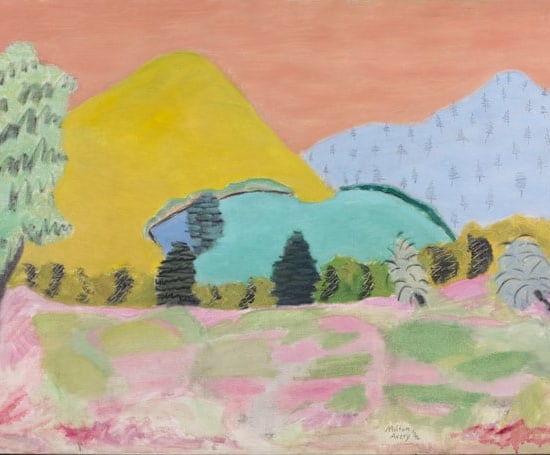
Our exhibition brings together, for the first time, two of the twentieth-century's most influential figurative painters: Milton Avery and David Park. Both artists unapologetically focused on the human figure as subject during the height of Abstract Expressionism. Here we examine the paintings from the 1930s-1960s to reveal how Park and Avery borrowed from everyday life, a stark contrast to the dominant objective style, to become painters in full command of their picture planes on their own terms. For Park, returning to the figure allowed him to celebrate that which surrounded him, often his domestic life with his wife, though he did so by incorporating some shared techniques with the Abstract Expressionists, namely thick, visceral paint application and strong gestural brushwork. While Park is credited as the founder of Bay Area Figurative movement in California, Avery continued to chart his artistic trajectory on the East Coast, operating outside the New York School. Avery is known for alleviating excess pictorial elements and details in order to focus on his true subject: color. His figures, often depicting his wife and daughter, exist amid broad, flat, expanses of color fields. Both artists explored their signature formal and technical styles through personal subject matter, offering glimpses into their worlds and restoring a level of intimacy to American painting.

Milton Avery
Meadows and Mountains
32 x 42 inches
Oil on canvas, 1946